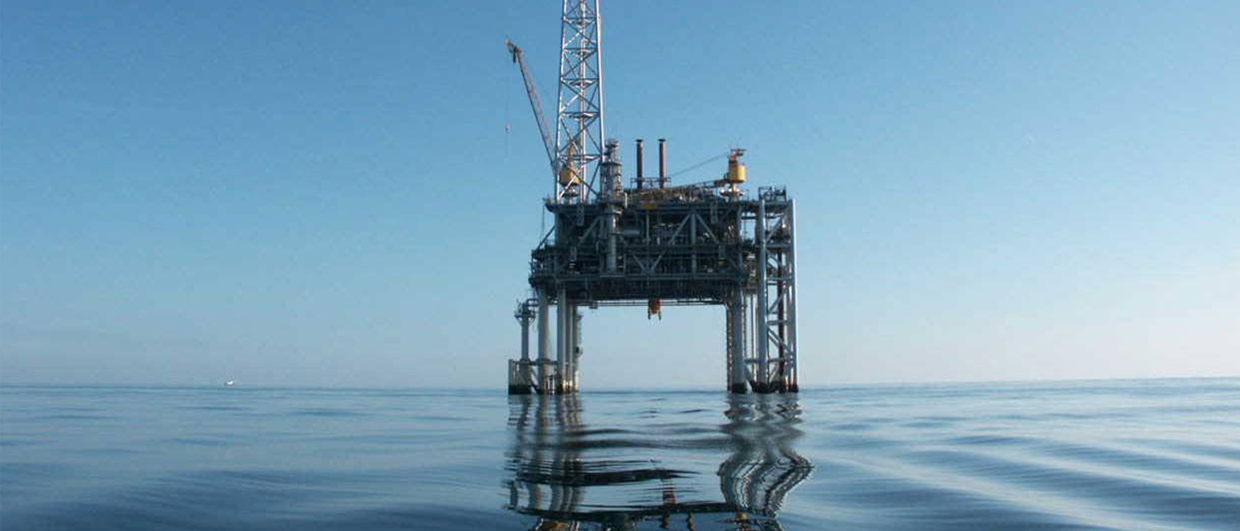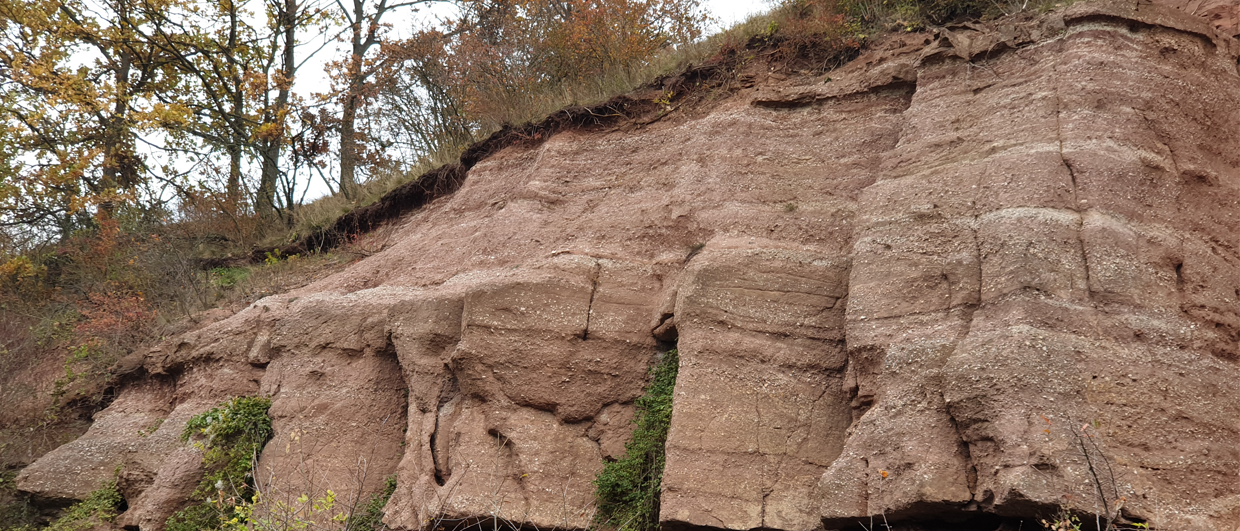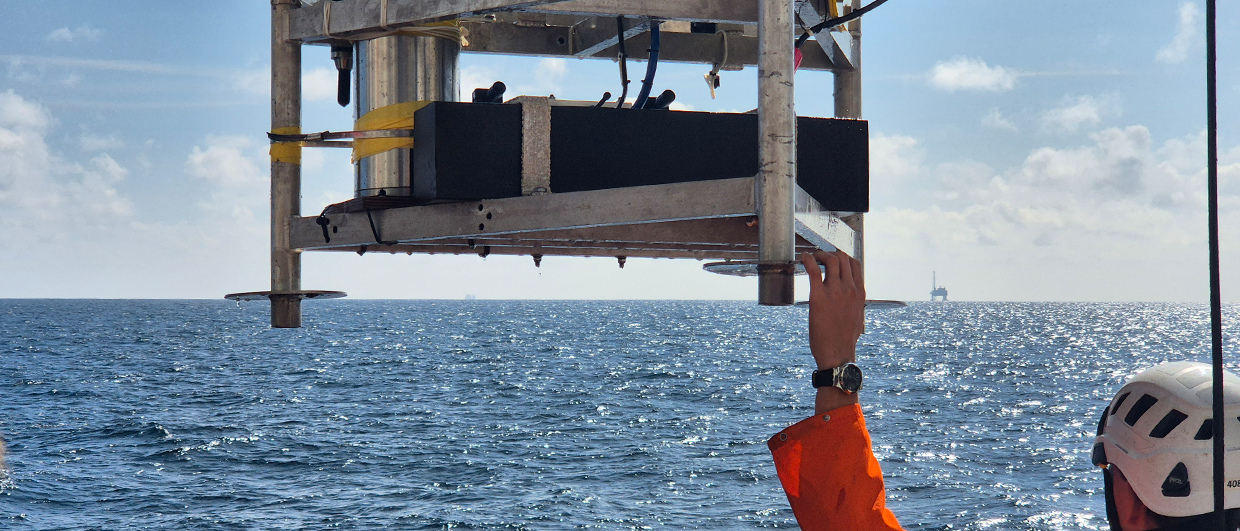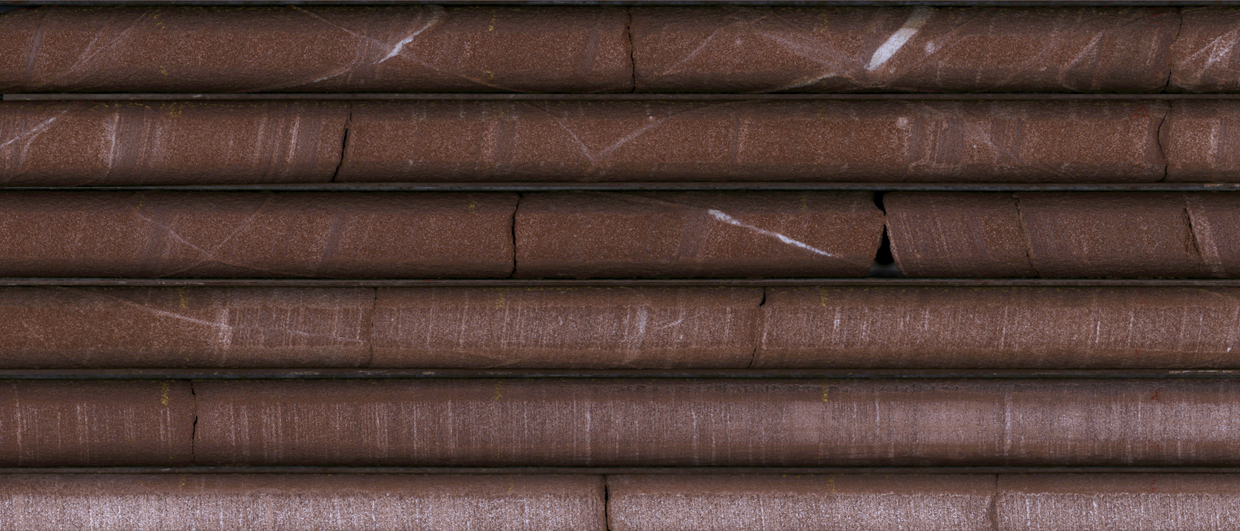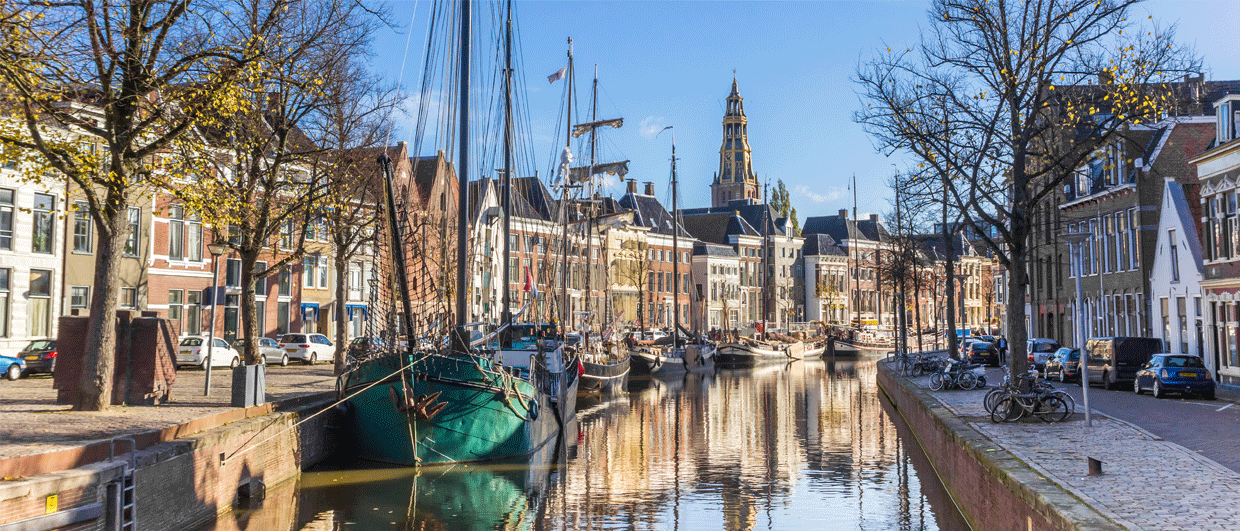The GEODE platform, an online viewer and database compiled by EBN and TNO – Geological Survey of the Netherlands – provides an overview of the exploration potential and risks associated with the main petroleum plays in the Dutch offshore.
This was done by mapping reservoir presence, reservoir effectiveness, seal presence and charge and migration for each of the plays and combining these into composite common risk segments.
For each of the nine plays available in the tool, ranging from the Cenozoic shallow gas play to the Carboniferous, we selected and briefly described one area that holds significant potential when it comes to finding oil or gas – see map below.
By no means this overview is exhaustive, it is nothing more than the result of a browse through the various play maps available in GEODE. Rather, it forms a starting point for further discussion on prospectivity and illustrates where future drilling could take place. If it will take place.

An uptick in exploration yet?
The release of the GEODE platform has not yet resulted in an uptick in exploration activity in the Dutch sector, even when there seemed to be an increase in awareness that domestically-produced gas is preferred over imported gas. So far this year, not a single exploration well was drilled offshore.
Maybe it is not too much of a surprise. For instance, ONE-Dyas, the operator of the N05-A development, saw their project grinding to a halt recently as a result of yet another appeal related to nitrogen deposition during the platform and pipeline construction phase. The same already happened to the flagship offshore CCS project Porthos. The fact that the N05-A development is probably the cleanest when it comes to operating emissions was not important. The platform is supposed to be fully electrified, powered by a wind farm in German waters.
It must have put another damper on the future of the Dutch offshore oil and gas sector. A future that was always going to be a short one, given the very modest reserves left in the existing fields and the limited exploration potential in the light of the many wells already drilled. As of 1 January 2022, gas reserves amounted to 92 BCM (excluding Groningen), against a domestic gas production of 19 BCM in 2021. It is not hard to imagine how quickly reserves are depleting and how urgent it is to try and replace some of the produced gas with a number of finds. According to a study from EBN in 2021, 30-50 Bcm of risked recoverable gas can still be discovered on the Dutch Continental Shelf. Now we also know better where.

